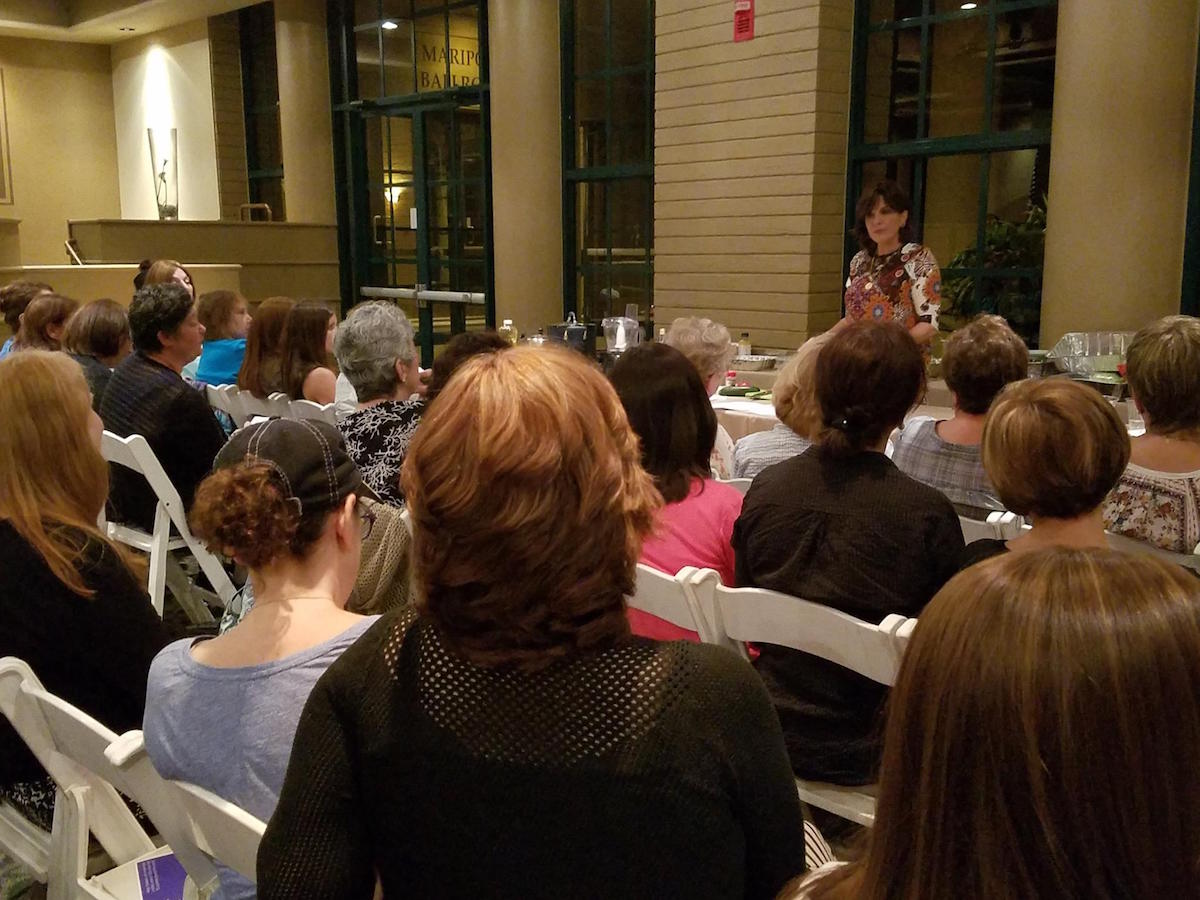|
|
|
THE SALADS & APPETIZERS RECIPES

...fresh salads, tapas, mezze, antipasto, chalupas...nearly every culture has the first course of shared dishes served at the beginning of a large meal. These eye appealing appetizers & salatim on the table greet our guests at the start of the meal and take the edge off hunger, enabling the diners to relax and savor the fare to come. (Salads Recipes link)
As in everything Jewish, there is more going on here than meets the eye.
Sharing bowls of spreads, nibbles and dips together breaks the ice and bonds those around the table. And bonding with others is a crucial aspect of eating at a Jewish table.
Eat, Talk, Kiss
Rabbi Akiva Tatz, in his book, Worldmask, devotes a chapter to the significance of eating, especially eating meals in the company of others. He says that eating, unlike the other functions of the mouth-speaking and kissing-is a seemingly mundane and earthly experience that doesn’t necessarily require another person’s presence. Yet, since speaking and kissing are essentially modes of connecting to another person, Rabbi Tatz says it follows that there must be a relationship between eating and connecting to others as well.
We understand that food addresses a physical requirement; our hunger tells us we need to eat in order to feel well. Food further sustains us by keeping our soul-our life force-connected to our body. But how does food connect people, one to another?
To Dine With The King
In Jewish tradition, eating a meal with other people can actually fulfill a mitzvah requirement. In fact, the Hebrew word mitzvah is related to the Aramaic word tzavta, together. A bris, a bar mitzvah and a Jewish wedding are, according to Jewish law, “completed,” so to speak, by a festive meal, a seudas mitzvah.
Our hosts celebrate this momentous day as their child enters a new phase of service to The Almighty. Family and friends are invited to join them in the seuda. From first course salad to that satisfying final dessert, the meal is punctuated with words of Torah and followed by a call to say the grace after the meal together. Our unity in eating, learning and thanking Hashem ensure that the Host of Hosts will also be present at this milestone event.
Hashem joins with us at a time when we appear to be completely immersed in the physical: dressed in fine clothing, eating meat and drinking wine on tables thoughtfully set in honor of the event. How can we reconcile being totally involved in the corporal world while G-d is at our side?
Enjoy!-it's a mitzvah
That is exactly the point. Hashem wants us to enjoy the material aspect of the world; it is His gift to us. Its greatest value lies in using these material gifts beautify the mitzvos. Our simcha comes not from the adornments of the day, but is rooted in the revealed involvement of The King, The Host of Hosts, our Heavenly Father together with us.
So it is at Jewish weddings with 400 guests, meeting a friend for lunch, or eating a weeknight meal with someone important in your life. The purpose of sharing a meal is connection. Body to soul and one to another. We build relationships at the table. Over a meal, we talk and share our day, our ideas and our hopes. Most importantly, we sip, nibble, chew over and devour the life sustaining words of our holy Torah.
This is a table worthy of the King
 |
As you prepare the ingredients for your salad or meal tonight, also prepare the ingredients of conversation you want to serve. Share a fresh Torah insight you learned or relate an incident of hashgach pratis, of seeing Hashem’s hand at work in your life. |





